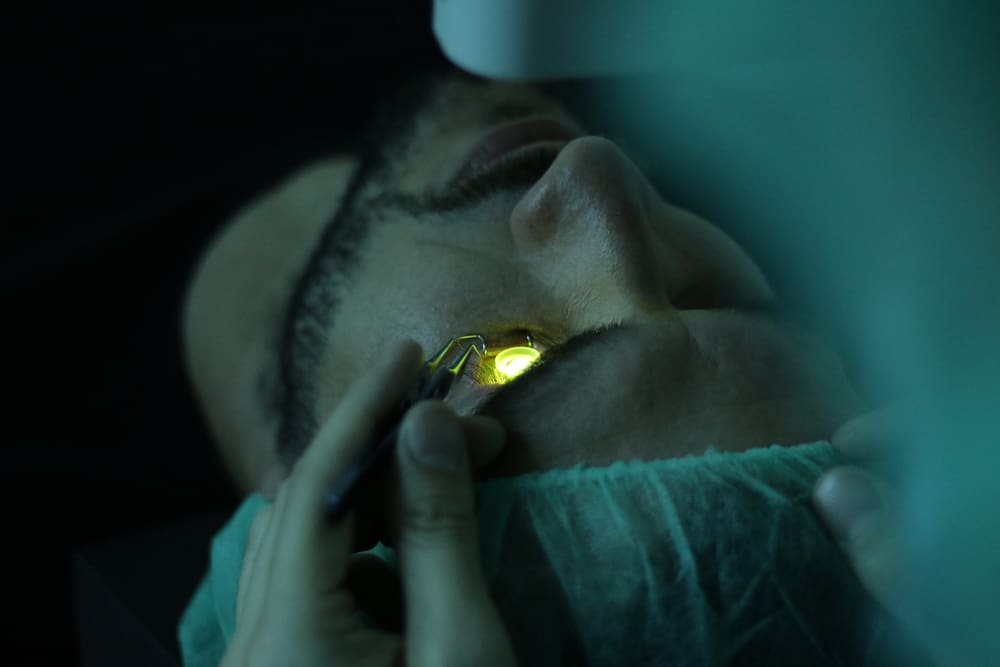Cross-linking is a revolutionary eye procedure designed to treat keratoconus and other corneal ectatic disorders. It works by strengthening the collagen fibers in the cornea, thus preventing further thinning and bulging. While its benefits are significant, patients often experience blurred vision post-procedure. Understanding the duration and management of this side effect is crucial for anyone considering or having undergone cross-linking.
Understanding Blurred Vision Post Cross-Linking
Blurred vision after cross-linking is a common side effect. It results from the corneal healing process and changes in the cornea’s shape. Fortunately, this condition is temporary for most patients. However, the duration can vary widely.
Detailed Table on Blurred Vision Duration
| Timeframe | Vision Status | Notes |
|---|---|---|
| Immediate (0-1 week) | Significant blurring | Due to corneal haze and swelling from the procedure. |
| Short-term (1-4 weeks) | Gradual improvement but still blurred | Improvement as initial healing occurs. |
| Medium-term (1-3 months) | Noticeable improvement | Corneal shape stabilizes, adaptation to vision changes. |
| Long-term (3-6 months) | Near full recovery or stable vision | Final adjustments and healing. May require glasses. |
| Extended (6+ months) | Possible further slight improvements | Stability expected, but adjustments to prescription may occur. |
This timeline is a general guide. Individual experiences may vary based on the specific condition being treated, the procedure’s intensity, and personal healing rates.
Frequently Asked Questions
How does cross-linking affect vision in the long term?
In the long term, cross-linking aims to halt the progression of keratoconus or other corneal ectatic disorders. Most patients experience a stabilization of their vision. Some even see an improvement in their corneal shape, which can lead to better overall vision. However, it’s essential to have realistic expectations and understand that glasses or contact lenses may still be needed.
Can I speed up the recovery process?
Yes, there are ways to support your recovery. Follow your eye doctor’s post-procedure instructions meticulously. Use prescribed eye drops to reduce inflammation and prevent infection. Protect your eyes from UV light and avoid rubbing your eyes. Maintaining a healthy lifestyle, including proper nutrition and hydration, can also support healing.
What are the signs of complications after cross-linking?
While rare, complications can occur. Watch for signs such as increased pain, significant vision loss, or light sensitivity. These symptoms could indicate infection or other issues. If you experience any of these, contact your eye care provider immediately. Early detection and treatment are key to managing complications effectively.
Are there alternatives to cross-linking for keratoconus?
Cross-linking is currently the only FDA-approved procedure specifically designed to halt the progression of keratoconus. Other treatments, like corneal rings or corneal transplants, address symptoms rather than the underlying condition. Glasses and contact lenses can correct vision but do not stop keratoconus from worsening. Discuss all options with your eye care professional to understand the best approach for your situation.
Conclusion
Blurred vision is a temporary but expected side effect of corneal cross-linking. Most patients will see an improvement in their vision within the first few months post-procedure. It’s crucial to follow post-operative care instructions and attend all follow-up appointments to monitor recovery. With patience and proper care, the benefits of cross-linking can far outweigh the temporary inconvenience of blurred vision.
For those considering cross-linking or seeking more information about managing keratoconus, resources are available. Learn about the experience you can trust in eye care, understand the truth behind cheap LASIK advertising, and explore the most advanced laser eye surgery. Whether you’re researching LASIK for the first time or interested in contacts after LASIK, informed decisions start with reliable information. For further details on eye health and treatments, visit our resource page.
If you’re experiencing vision issues or have questions about cross-linking, don’t hesitate to reach out. Contact us for professional advice and support tailored to your unique eye care needs.

